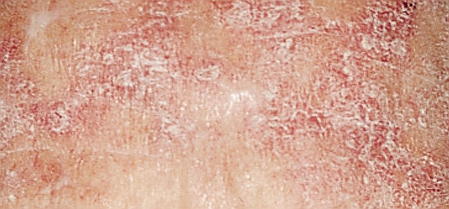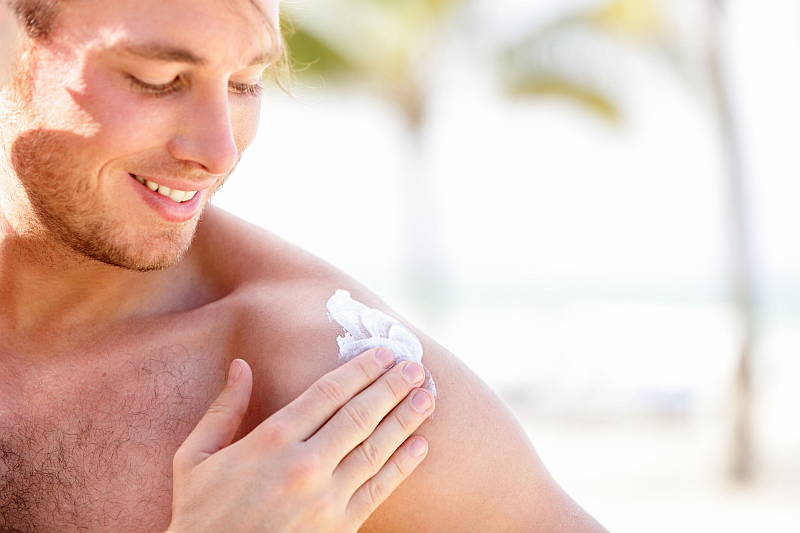Actinic keratoses describe lesions on the skin known as solar keratosis. Actinic keratoses are regarded as a pre-cursor lesion to squamous cell carcinomas. However, not all actinic keratoses become cancerous and may even regress completely. Actinic keratoses that affect the lips are called actinic cheilitis.
Causes and risk factors
There is a strong link between sun exposure and actinic keratoses. Actinic keratoses are most commonly found on parts of the skin that are often exposed to the sun, such as the face, arms and hands. The lesions tend to accumulate as we get older and with increasing exposure to and damage from the sun.
Important risk factors include:
- Age
- Sun exposure
- Fair skin
- Family history of skin cancer
- Previous skin cancer
- Use of tanning beds
- Outdoor occupations
- Medical conditions which need immunosuppressant medications (e.g. kidney, liver and other organ transplants)
- Tobacco smoking (especially so for actinic chellitis)
Skin damage from the sun’s UV rays leads to damage to an important tumour suppressor gene, called p53. Although the lesions can turn malignant, only a small number do transform into squamous cell carcinomas. However, it may be important to treat the pre-cursor lesions before they turn malignant, as it is impossible to tell which ones will regress and which may become cancerous.
What the lesions look like

Actinic keratoses are scaly, rough spots on the skin, particularly in areas that have been exposed to the sun. They are red in colour and may be slightly raised, making it easier to detect by touch.
Prevention
Taking adequate sun exposure precautions is the most important element of prevention for actinic keratoses. Wearing sunscreen with a high SPF, long-sleeve clothing, hats and sunglasses are all important measures. It is also a good idea to choose the times you go outside wisely – avoid the heat of the day by going out in the sun only in the morning and evening.
Treatment
The most common treatment for an actinic keratosis is to freeze off the lesion using liquid nitrogen. It is a rapid and easy way to remove the lesions from the skin. If there are large areas of actinic keratoses, multiple lesions, or if freezing is not appropriate, a topical cream can be applied. There are a number of options available including imiquimod, methyl aminolevulinate, ingenol mebutate or fluorouracil. Regular use of sunscreen is also important to prevent the development of further lesions.
If you have any questions or concerns about actinic keratoses contact your local doctor, who will arrange for you to see a dermatologist. Contact us today.



